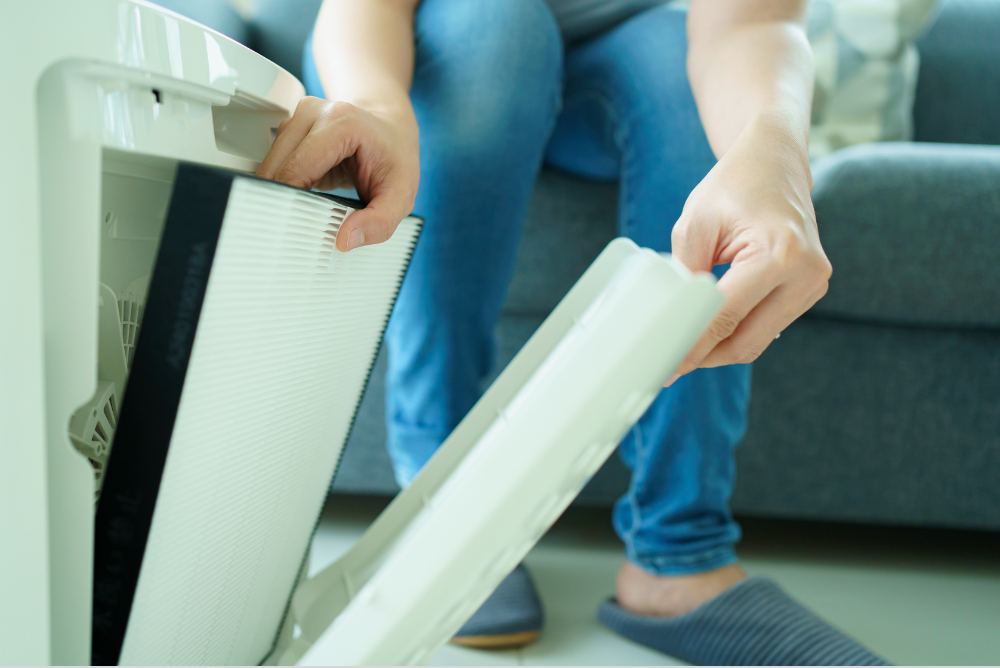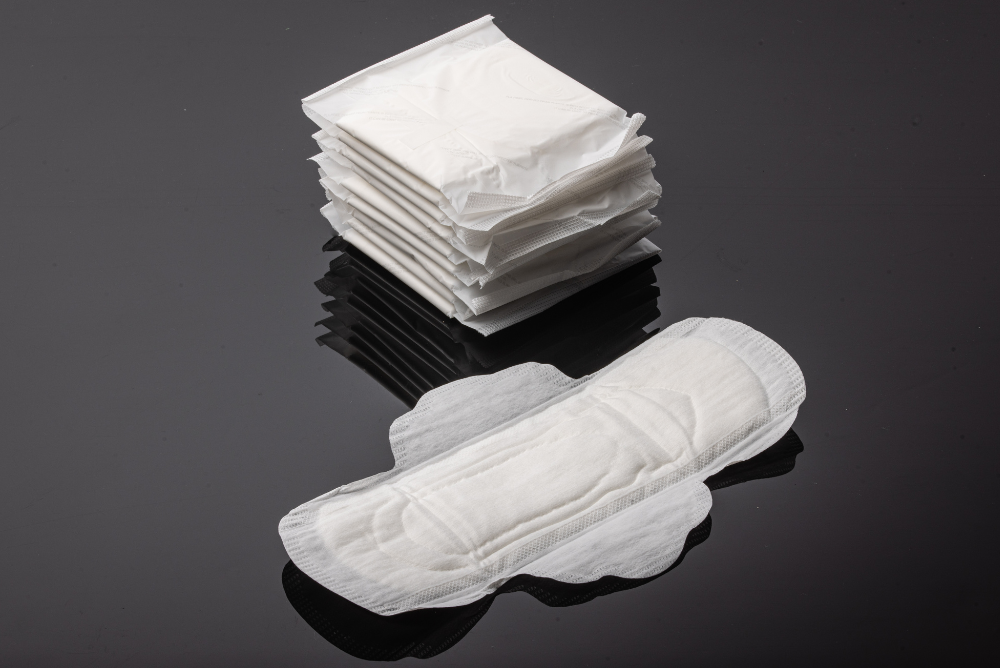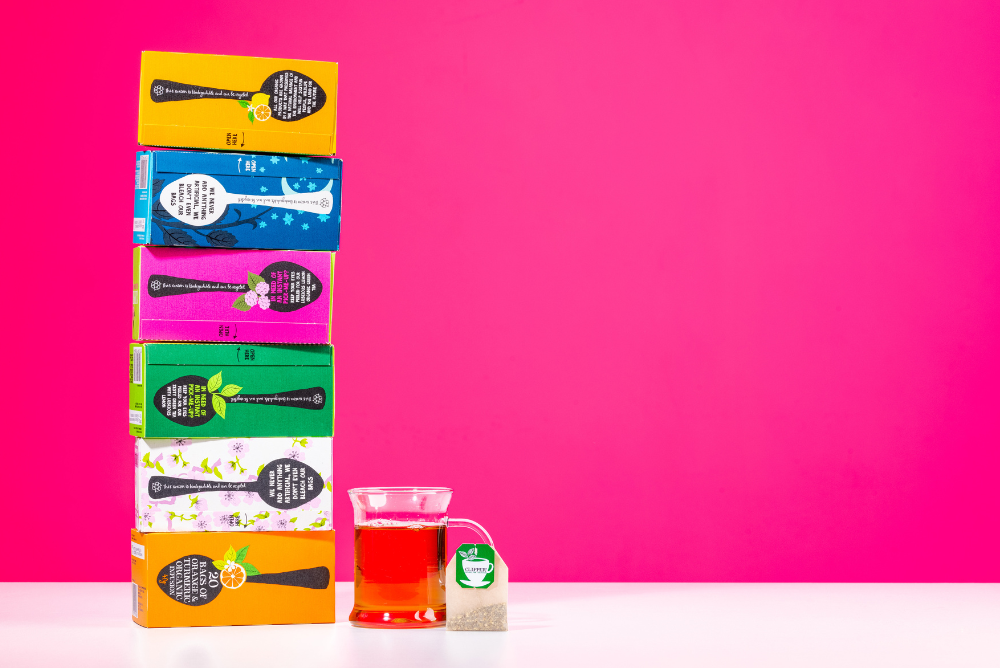Why Luminy® PLA?
As a versatile material, PLA can be combined with natural products such as cotton, wool, or cellulose to create 100% biobased solutions with excellent performance.
PLA is commonly used in nonwoven applications like tea bags, tissues, medical gowns, PPE, and personal hygiene products and in fiber applications including apparel, shoes, and home textiles. It is ideal for food contact applications and a compostable end-of-life.
Key Luminy® PLA grades used for fibers and nonwovens are L130, LX530, and LX930. Luminy PLA® is compatible with typical nonwoven web formation technologies including meltblown, spunbond, carding and wetlaid as well as various web bonding stages, such as calendaring, air-through, needle-punching, hydro-entanglement.
At TotalEnergies Corbion, we focus on innovation. We have developed a high-flow Luminy® PLA grade specifically tailored for meltblown processing to enhance performance and sustainability.



In 2018, Clipper® became the first tea company to make all of their teabags fully biodegradable. By making teabags out of compostable Luminy® PLA, they are helping to clean up waste streams.

Bioworks, a leading Japanese innovator in sustainable textiles, uses Luminy® PLA to manufacture naturally bacteriostatic fabrics. Their line of PlaX™ fabrics offers innovative solutions that expand the durability, heat resistance, and dyeability of PLA in fiber processing. Luminy® PLA is the key to reaching their goal of replacing fossil-based fibers and pave the way for a sustainable, circular economy.
L130, LX930, LX530, and DEV9052 are commonly used to create sustainable fibers and nonwovens.
Our Luminy® PLA has an 85% lower carbon footprint compared to conventional plastics. It’s recyclable, compostable, and made from responsibly sourced sugarcane.
Our scientists and experts are always on call. We work alongside your team to help build new applications and ensure a smooth transition to sustainable solutions.
We are driven by our vision of a better world for generations to come.